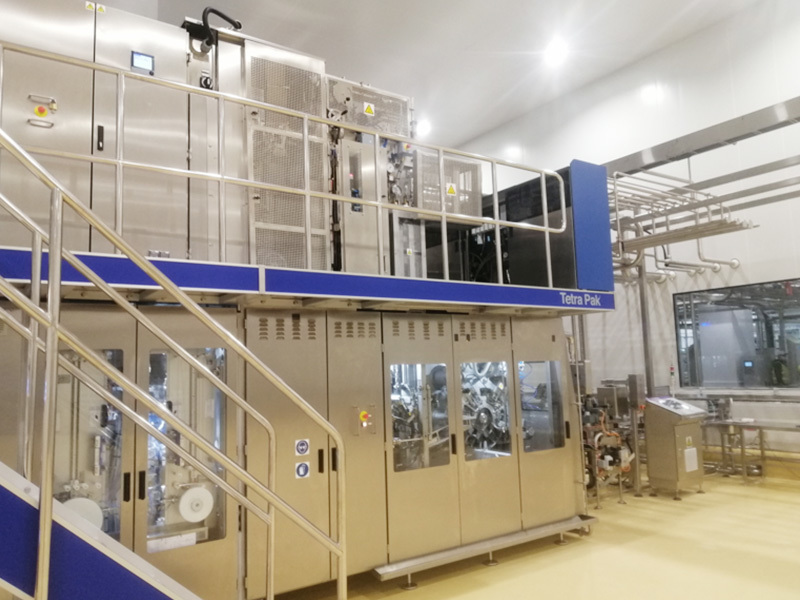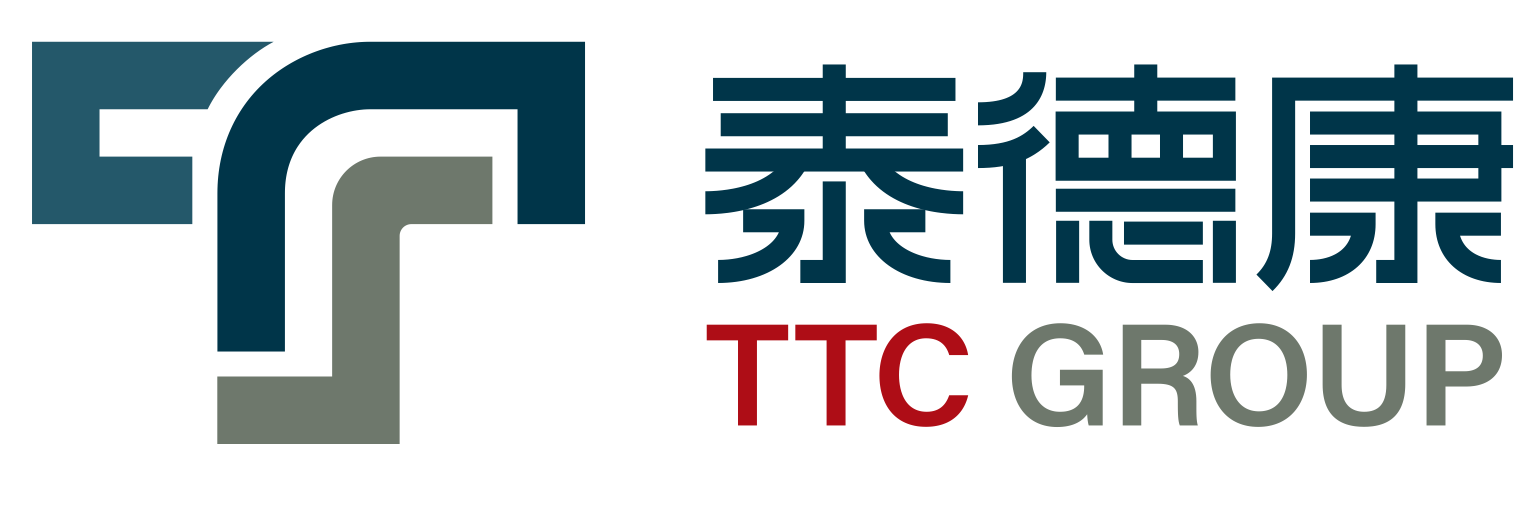
Liquid Milk
Tidecom Group adheres to the business philosophy of "creating value for customers and innovating life with technology", integrates global industry resources, continues technological research and development innovation, and is guided by market customer needs, providing customers with more cost-effective products and services.
Liquid milk is a liquid product made from raw cow (sheep) milk, with or without reconstituted milk, with or without auxiliary materials, and through appropriate sterilization processes, aseptic filling or ultra-clean filling. There are mainly pasteurized milk, ultra-high temperature sterilized milk, sterilized milk, and modulated milk.
Category:
Keyword:
Auto Interior | Plastic Parts
Solution Description
The liquid product made from raw cow (sheep) milk only through pasteurization and other processes is pasteurized milk; the liquid product made from raw cow (sheep) milk as a raw material, with or without reconstituted milk, heated to at least 132°C in a continuous flow state and kept sterilized for a very short time, and then through aseptic filling and other processes is ultra-high temperature sterilized milk. The liquid product made from raw cow (sheep) milk as a raw material, with or without reconstituted milk, whether or not it has been preheated, and after filling and sealing and sterilization and other processes is sterilized is sterilized milk. The liquid product made of not less than 80% raw cow (sheep) milk or reconstituted milk as the main raw material, adding other raw materials or food additives or nutritional enhancers, and using appropriate sterilization or sterilization processes is called modulated milk. The main processes are: raw milk acceptance - clean milk - ingredient standardization - homogenization - sterilization/sterilization - filling - inspection.
Raw milk acceptance: Test and determine various conventional indicators and hazard indicators of raw milk.
Clean milk: Use filters and milk purifiers to filter and centrifuge the raw milk that has passed the inspection.
Ingredient standardization: Use a dedicated ingredient system to fully mix various auxiliary materials according to the formula (except pasteurized milk).
Homogenization: Use a homogenizer to further disperse and dissolve the various nutrients that are evenly mixed. Disperse the fat evenly to make the product more stable.
Sterilization/sterilization: Use a dedicated sterilizer to sterilize/sterilize the liquid to meet the process requirements and microbial safety standards.
Filling: Pack into products of different specifications according to customer requirements.
Inspection: Sampling and testing of products to ensure that they meet national and corporate factory standards.
Related Products







